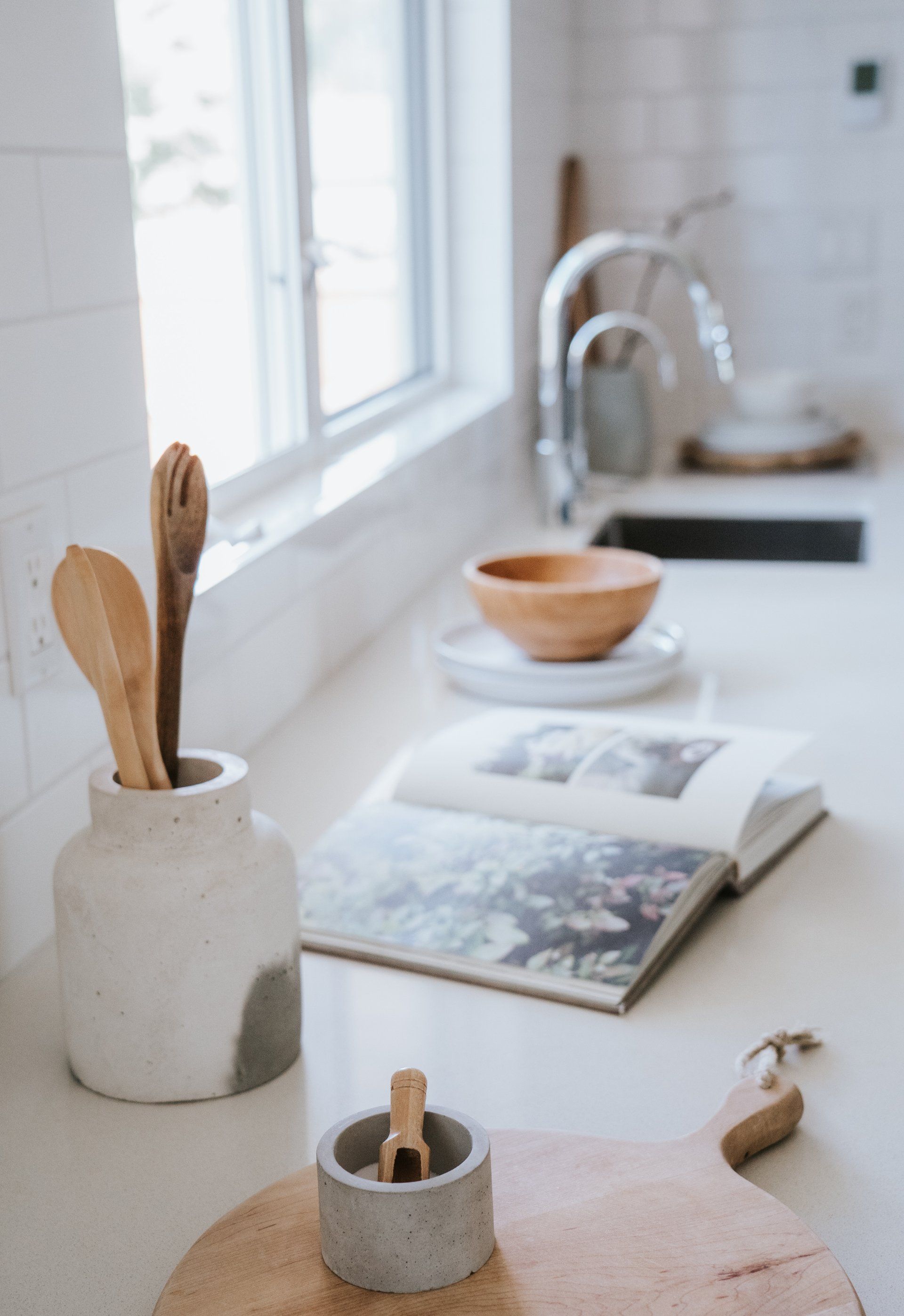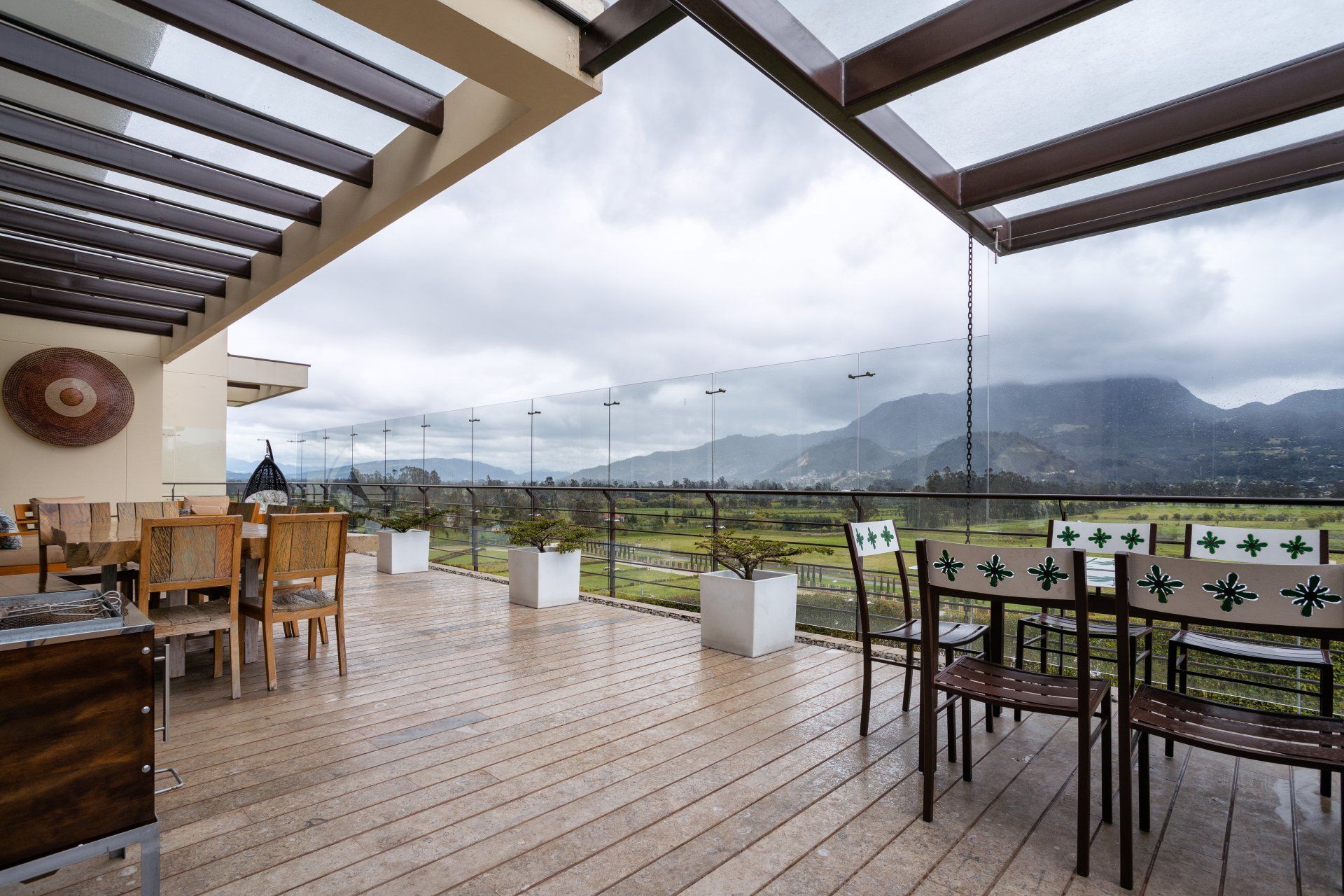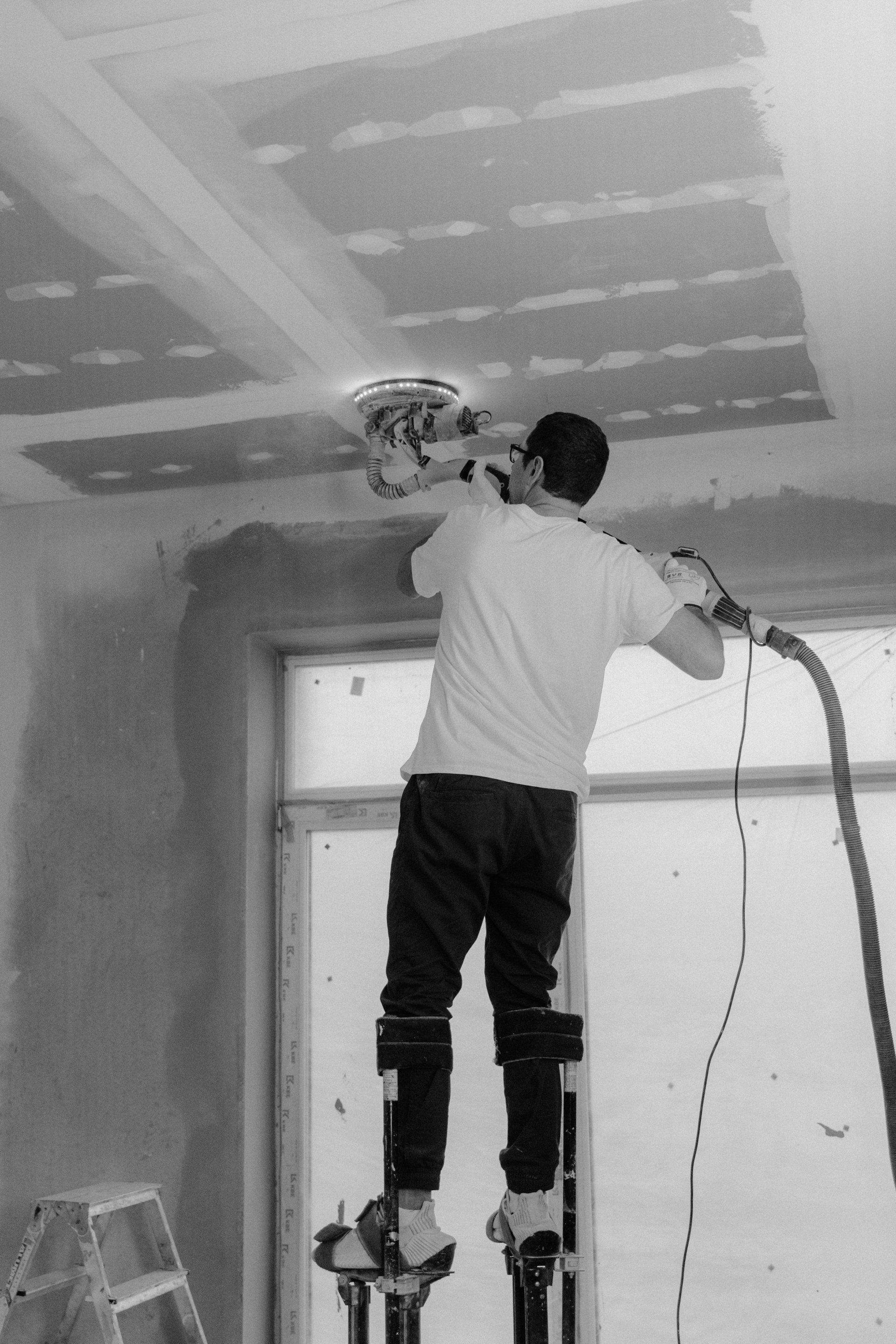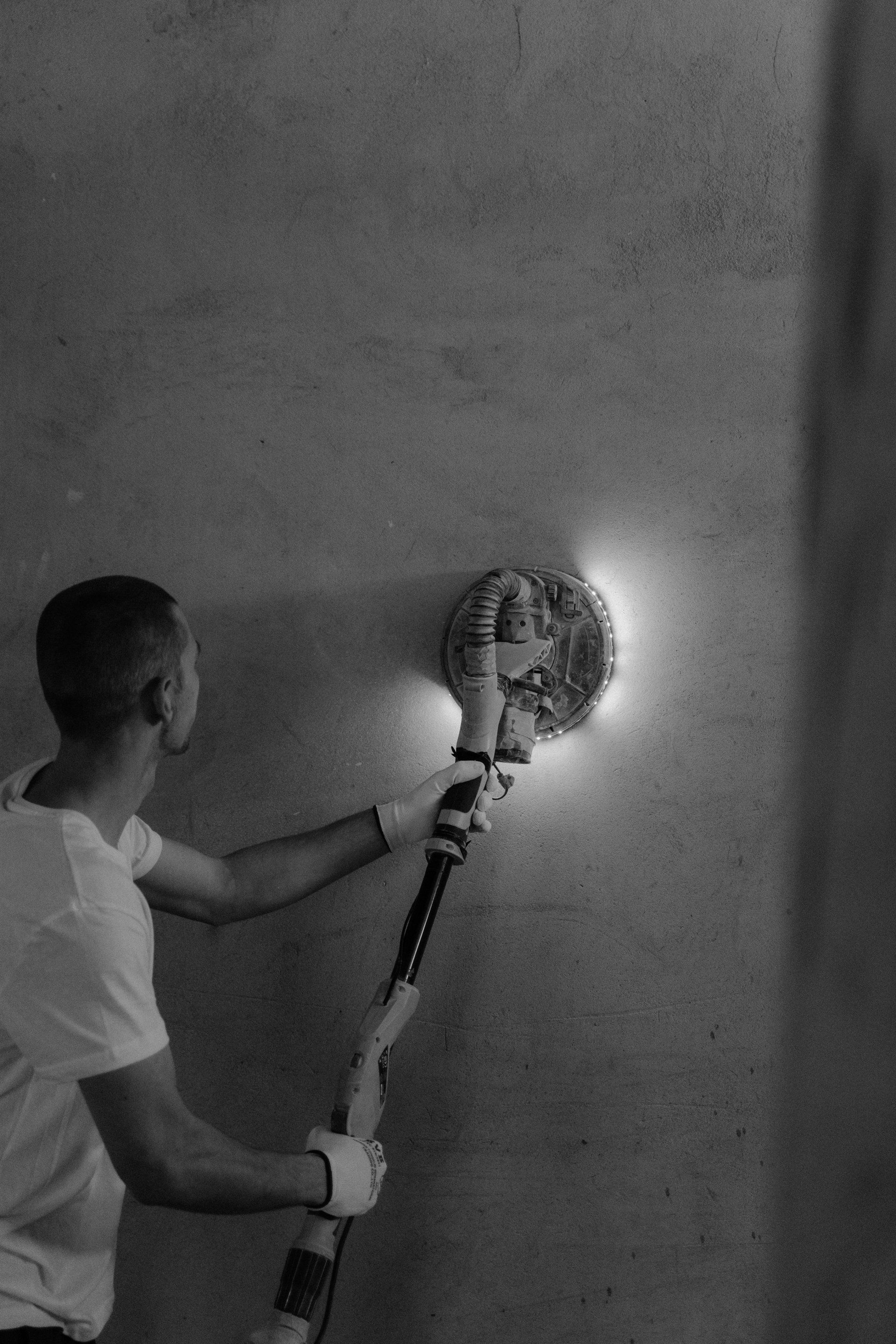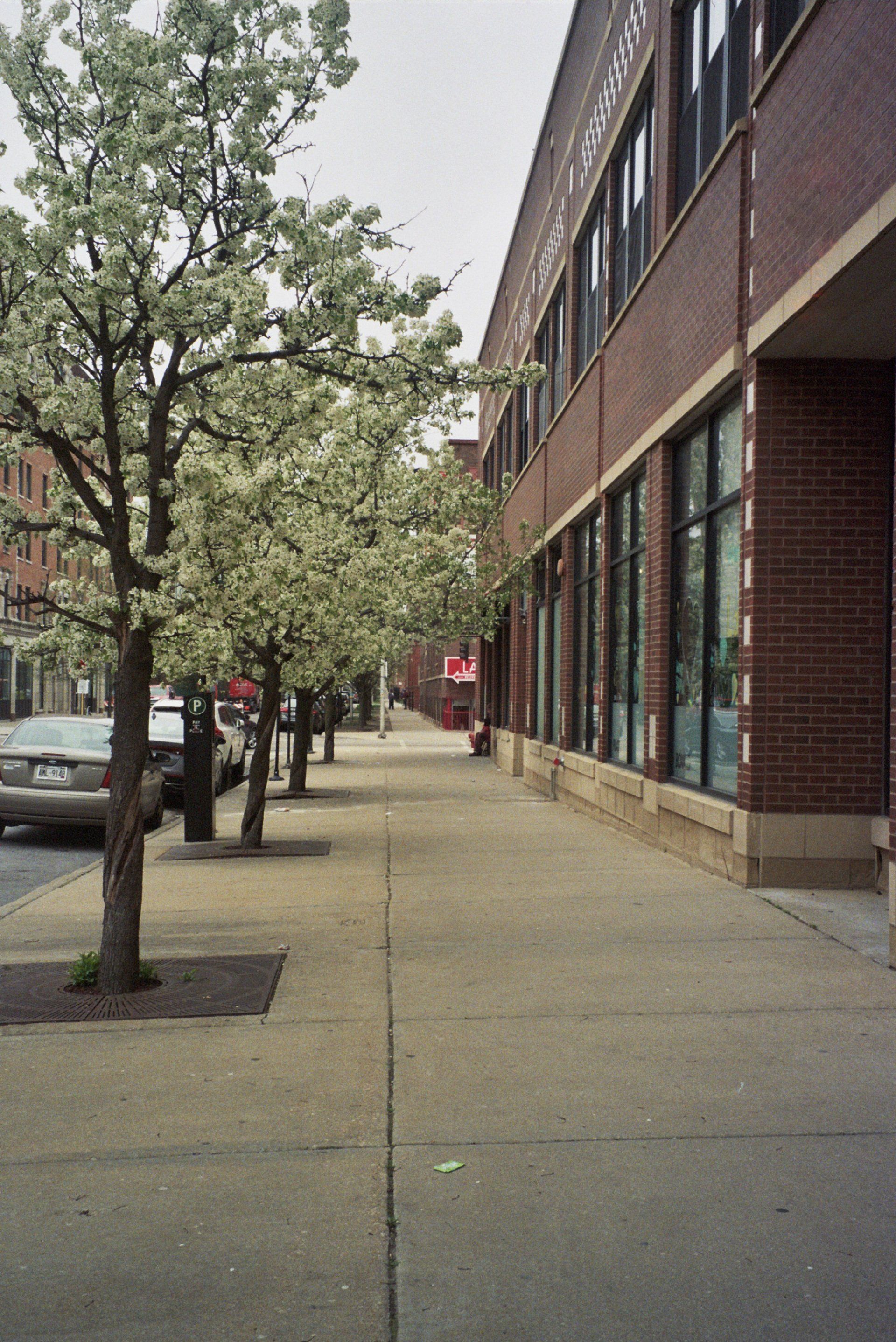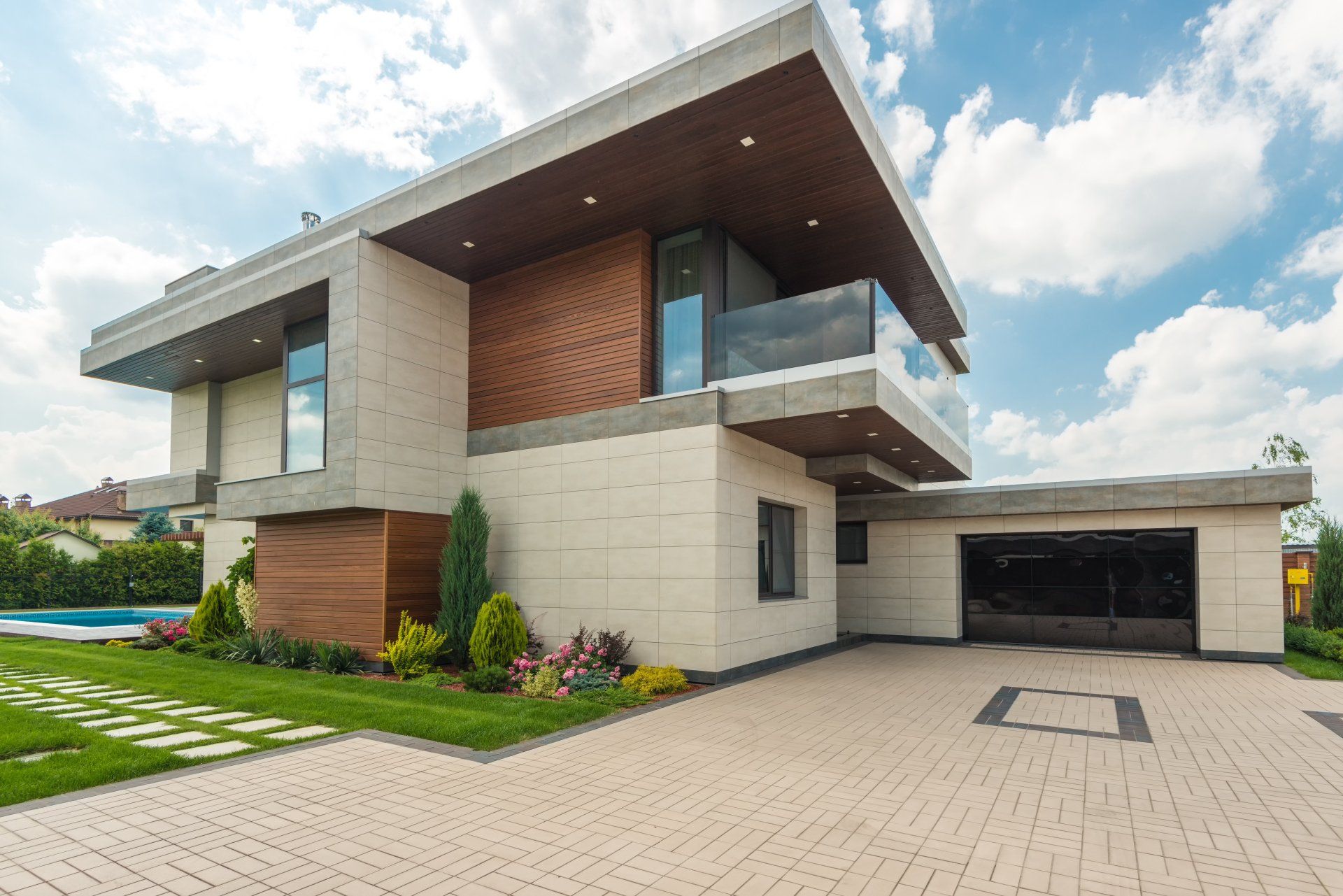Concrete versus Stone: Which is the Best Choice for Your Home?
Concrete versus Stone: Which is the Best Choice for Your Home?
Prior to recent advances in concrete construction for commercial and residential use, the most common use was constructing the foundation of driveways and slabs and sidewalks. Typically, an even surface was the main consideration. Concrete was never considered an aesthetic element; however, it was only a practical component of a home. The choices of design for homes were generally made of stone.
In recent years, the flexibility and potential of concrete have become the main focus, particularly in the areas of stains, stamping, polishing, etching, and other additions to concrete. Like stones, concrete can be made in various forms, both horizontal and vertical, and still maintain the security and stability of flat surfaces when required. Concrete can now be molded into a wood-like plank that is molded to look like stone, stained with many colors that suit your tastes and style, inside or out, and even acid-etched or polished to mimic the look of a marble floor. Your imagination will only limit the possibilities.
What is the limit of stone?
There is beauty and appeal in stones used to create outdoor surfaces. But, a lot of the appeal and beauty lies in the randomness that the stone exhibits. The same irregularity can turn into an issue in time and can lead to slips. In contrast to cement, which can be textured to stop slips, stones are more slippery after being wet.
Stones are also more difficult to put in, especially when you consider how irregular shapes create it into a gigantic jigsaw. Cost overruns could occur when putting the stone in place, which is more difficult than you expected. The designs for concrete stone, on the other hand, are constructed as interlocking pieces that can be easily assembled on site.
Another issue is the near inability to match the stone in place with the existing stone in the building or match older walkways. Another issue is the disadvantage of stone that has to be used to build the construction of a wall for retaining. It should be kept small because gaps between stones can cause issues in drainage. Concrete's ability to lock is much superior for walls for retaining.
Are stones more costly than concrete?
At the beginning of your journey, notice that stone is usually more costly than concrete. Since it is a natural product that needs to be quarried, stone is more expensive due to the fact that it costs more to transport stone from the quarry into your property. Concrete is more easily available, and while both require experienced teams of workers to set up, concrete's less expensive structure makes the final result less expensive.
Concrete: Is it easy to maintain?
The maintenance of concrete walkways or other concrete structures outside is not a problem. Concrete requires sealing only every couple of years to preserve the texture and color. As opposed to stone, there are no gaps between concrete stamped installations, which means no plants are growing on the walkway, and there is no requirement for weed control to maintain the appearance of the concrete.
Where can concrete be used?
Concrete's versatility allows it to be used in practically every area of your house, both outside and inside. It can be used both internally or externally in your home, maintenance is simple, and its applications are diverse. More importantly, concrete can be utilized in every phase of the home's existence, beginning with a brand new home to renovating your current home.
Concrete Edmonton Quote
